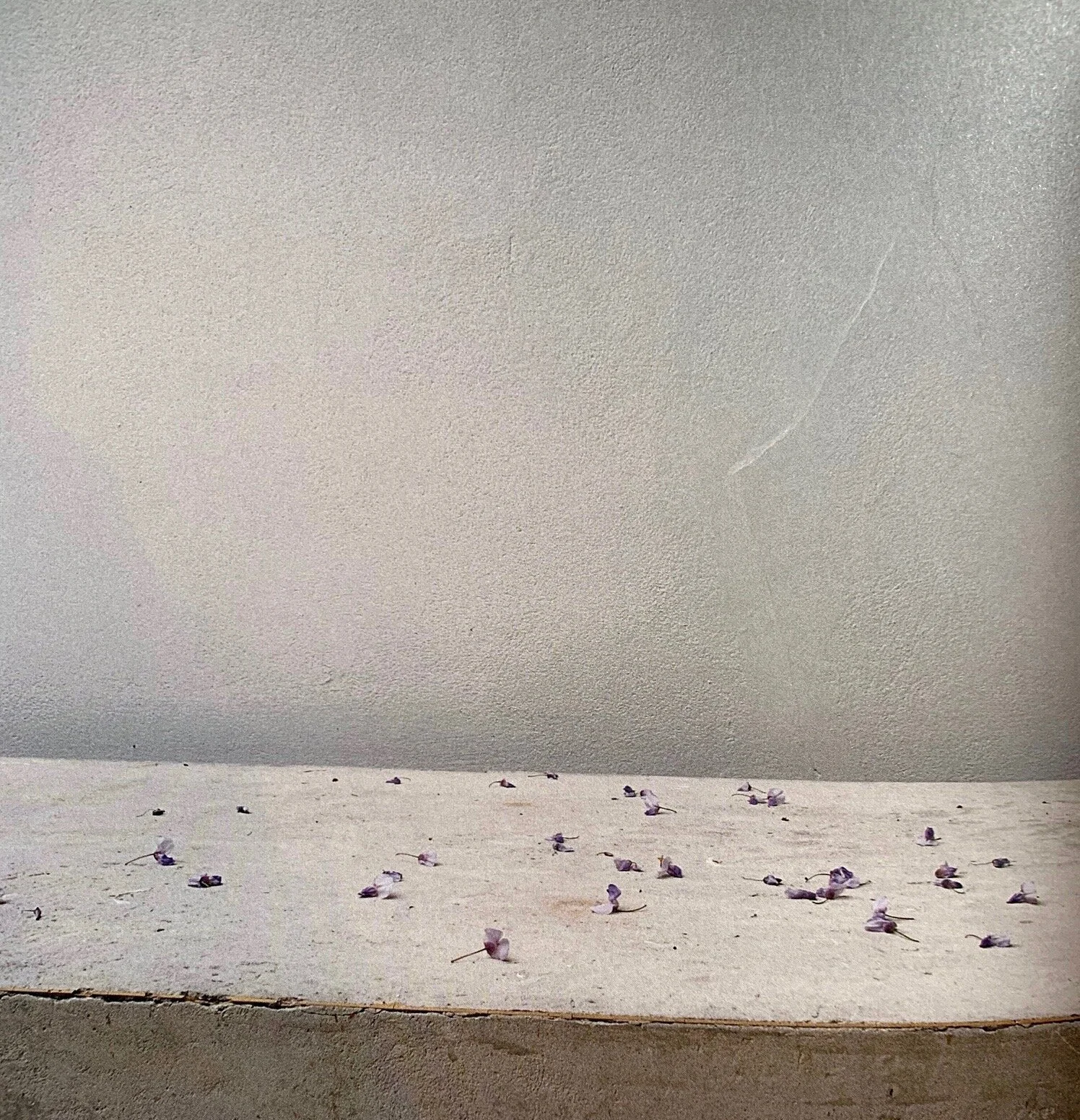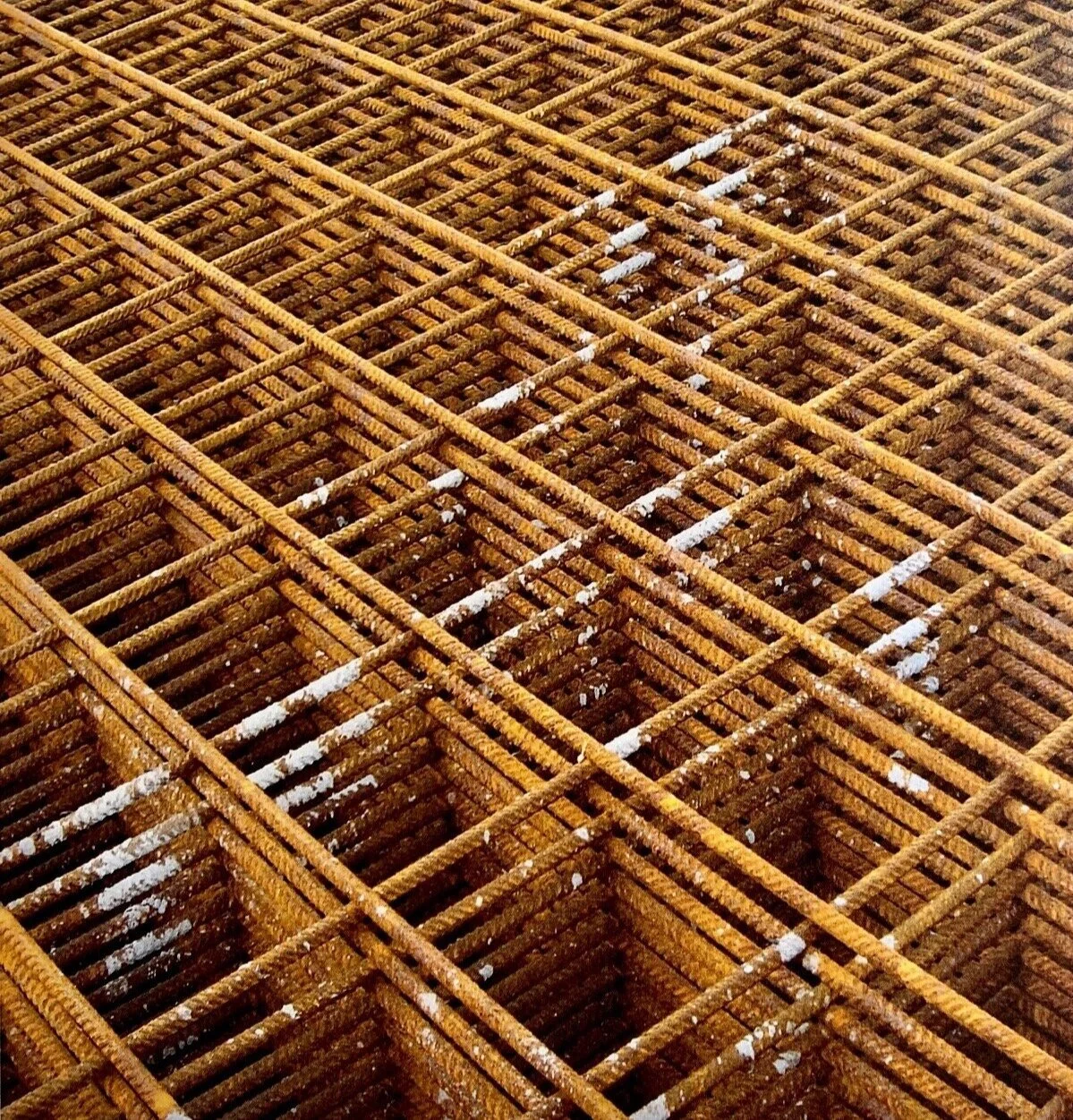Spectrum: John Pawson
Photographers and Architects both frame space and are selective when at work. In his book, Spectrum, John Pawson clarifies the distinctions between the two practices, despite also evincing a common sentiment.
Pawson describes the therapeutic quality of photography as a practice, the sense that life passes with such hype that pressing pause on a detail, that is otherwise fleeting, brings about a sense of comfort. Through one moment and one click, photography preserves and reflects perspective.
Image: John Pawson
Architecture, by comparison, is a practice of patience and permanency. Clients, finance, infrastructure and permits all push and pull winds into the road of the route to an architectural outcome. So it takes a certain kind of obsessive fierceness to ensure design prevails. Therefore, Pawson’s diverse folio of homes, airport lounges, churches, a monastery, museums and hotels among others, speaks to his successful design principles that pierce through potential impacts to the design process.
The Jaffa hotel in Tel Aviv structurally preserves aspects of its former life as a convent, while the blushing interiors add the warmth of an Israeli dusk. The white walls of the abbey of Our Lady of Novy Dvur Monastery in the Czech Republic, design-wise, feature light and not much else which opens up space for pensiveness. In Berlin, the Feuerle Collection is housed by Pawson’s refurbished bunker. The central black lake and minimal glowing light resets the senses for visitors as they meander ancient sculptural works of South-East Asia. Viewing these works, the space mimics characteristics of swimming, noise is drowned out, sculptures that can only be infinitely heavy seem to lightly float and you become very aware of your breadth.
Image: John Pawson
Spectrum reveals a connection in the design philosophy between Pawson’s photographs and his architecture. This being a respect for materials, how they interact with light and their effect on the senses.

